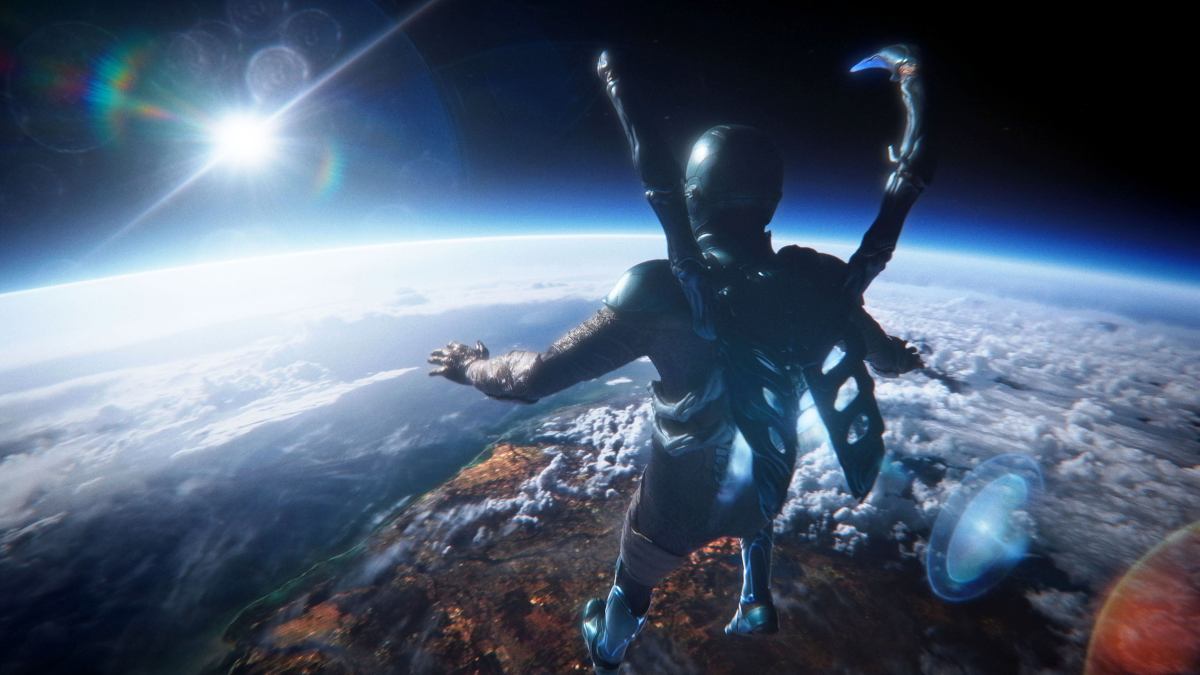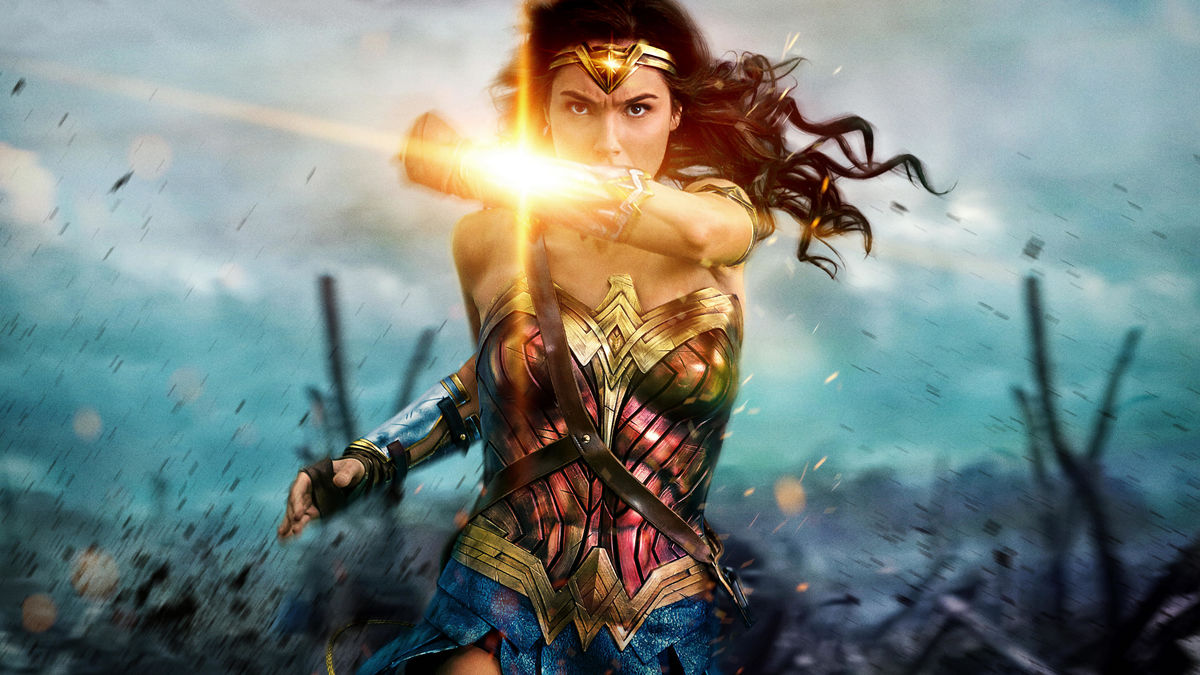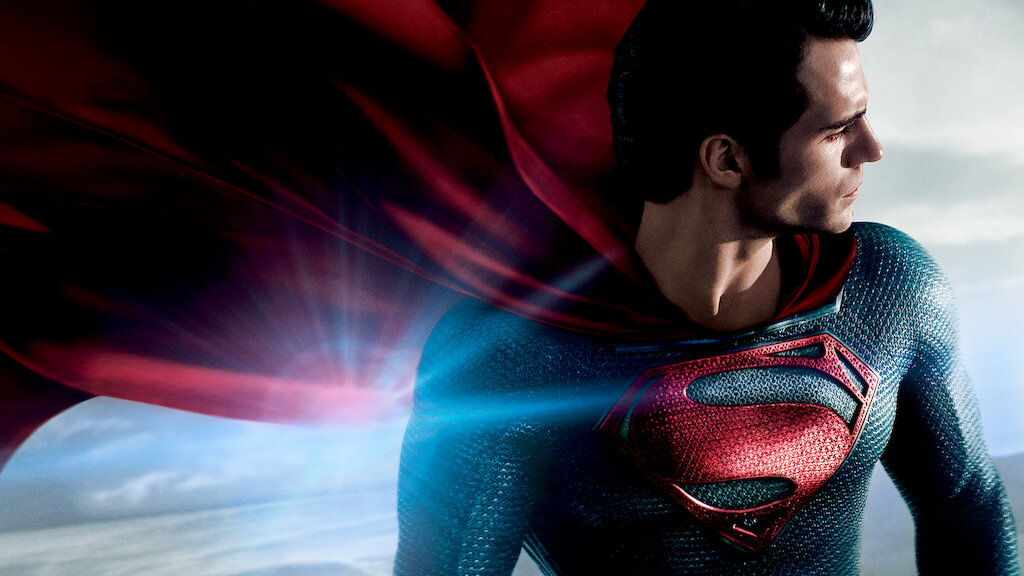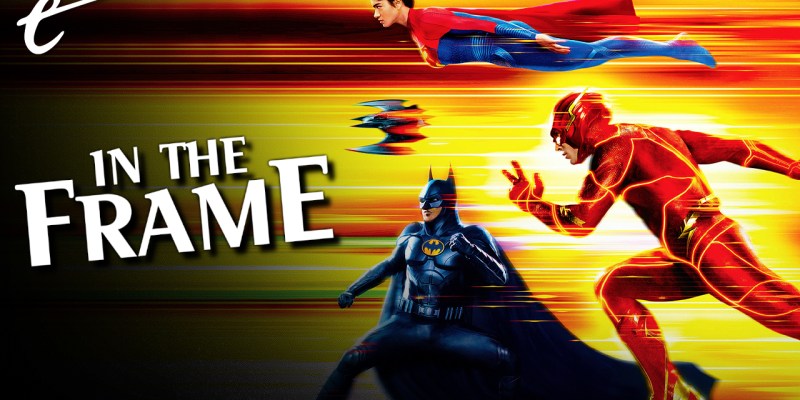Nothing ever truly ends in Hollywood, which is stuck in a constant cycle of reboots, sequels, and remakes. Ángel Manuel Soto’s Blue Beetle is a great example of this, arriving somehow both at the end and the beginning of something.
Theoretically, Blue Beetle is the penultimate entry in Warner Bros.’ shared cinematic superhero universe. This phase of that gigantic narrative will come to an end with the release of James Wan’s Aquaman and the Lost Kingdom this December, assuming that date isn’t shifted by the ongoing industrial unrest in Hollywood. However, Blue Beetle exists in a weird cinematic limbo, in some space between the end of one shared universe and the start of another.
Blue Beetle is the first DC movie to be released after the half-hearted quasi-reboot of The Flash, which felt like a project that was originally intended to bring the shutters down on this particular project. James Gunn, who is one of the creative masterminds of the new shared universe that will rise from the ashes of the old, has stated that Blue Beetle protagonist Jaime Reyes (Xolo Maridueña) is “the first DCU character, for sure.”
However, perhaps confusingly, the first film in this new DCU will be James Gunn’s Superman: Legacy, tentatively announced for July 2025. Assuming dates aren’t pushed by the ongoing industrial unrest in Hollywood, that is almost two years away from the release of Blue Beetle and a year and a half from The Lost Kingdom. That is a very long time for a major entertainment franchise, with Disney dropping several Marvel and Star Wars releases (whether theatrically or streaming) every year.
There will be DC content in that extended gap. It just won’t be part of the new or the old universe. Joker: Folie à Deux is currently scheduled for October 2024. The fourth season of Harley Quinn is still streaming on Max, with a fifth in production. The second half of the final season of Doom Patrol is still to be released. It’s easy to make this more confusing than it actually is. After all, the tangled continuity of the Halloween franchise didn’t make David Gordon Green’s trilogy less profitable.

Still, the release of Blue Beetle serves as something of a bridge between two seemingly very different iterations of a shared universe built around a familiar set of comic book characters. It seems like a good opportunity to reflect on Warner Bros.’ handling of these iconic properties, particularly in this most recent iteration. In particular, it is worth engaging with the prevailing narrative among hardcore fans that this shared universe has been a “failure,” “a disaster,” or an “embarrassment.”
To be fair, it’s an easy case to make, particularly looking at the recent output from the studio. Black Adam, Shazam!: Fury of the Gods, and The Flash are handily among the worst superhero blockbusters in recent memory. Worse than that, unlike embarrassments like Suicide Squad, they didn’t make any money. Those are three consecutive releases that exist at the intersection of creative, commercial, and critical failure. That would be a damning argument in any context. However, as critics like David Sims and Richard Brody like to point out, Hollywood tends to have a short memory.
The most obvious thing to note about DC’s shared universe experiment is that it was obviously inspired by the success that Disney were enjoying with the Marvel Cinematic Universe (the MCU). The year before Zack Snyder’s Man of Steel released, Joss Whedon’s The Avengers had beaten Christopher Nolan’s The Dark Knight Rises at the domestic and global box office. This seemed to be the end of one particular kind of superhero blockbuster and the arrival of another.
On this point, it’s worth acknowledging one simple, immutable fact: Marvel was a unicorn. None of the studio’s myriad competitors came anywhere close to matching what Marvel accomplished. In the decade following The Avengers, the cultural landscape would be decorated with the corpses of failures like “the Dark Universe” or “the Hasbro Cinematic Universe.” Indeed, the four years since Avengers: Endgame have arguably demonstrated that even Marvel can’t compete with its past self.
For all that Black Adam, Fury of the Gods, and The Flash are embarrassing misfires, it is not as if recent Marvel projects like Ant-Man and the Wasp: Quantumania or Secret Invasion have garnered unanimous praise. The most successful recent superhero movies exist at a distance from the shared universe. Spider-Man: Across the Spider-Verse is set in its own nexus of multiple universes with its own continuity, while Guardians of the Galaxy, Vol. 3 is very much about ending its own story.

Traditionally, Warner Bros. has had a different culture than many of its industry competitors. Historically, it was a creative-led studio, developing career-long relationships with filmmakers like Stanley Kubrick or Clint Eastwood. This tradition continued into the new millennium, the studio providing a home for emerging talent like Ben Affleck, Christopher Nolan, or even Bradley Cooper. The studio traditionally took a long view of these relationships, one friendly to career-spanning box sets.
This is a very different style than the one traditionally employed by Disney, which often struggled in courting directors like Edgar Wright, Patty Jenkins, or even Ava DuVernay to work on Marvel projects. There have been creators with very distinctive voices who have managed to guide projects through the Disney machine, such as Ryan Coogler, Rian Johnson, or James Gunn, but these are the exceptions that prove the rule. Studios have cultures, and those cultures work in particular ways.
Indeed, Warner Bros.’ DC movies were at their worst when they embraced the studio-led model favored by Marvel. Suicide Squad was famously taken away from director David Ayer and edited by the company that cut the trailer. After press reports emphasizing the studio’s desire to move away from working with “auteur directors who want final cut,” Warner Bros. undermined and replaced director Zack Snyder on Justice League with Joss Whedon, resulting in a cinematic abomination.
Warner has largely destroyed its relationships with these creatives. Zack Snyder’s last movie (and his next one) will be at Netflix. Christopher Nolan took Oppenheimer to Universal. Ben Affleck sold Air to Amazon. Even Bradley Cooper has decamped with Maestro to Netflix. The studio is in a very sorry state, and it is very telling that its most critically and commercially successful movie of the year to date is Greta Gerwig’s Barbie, a film that is very much the result of its director’s creative vision.
The DC movies that worked were those that were allowed to develop their own distinct artistic vision, embracing the unique perspectives of the people making them. Naturally, this means starting with Zack Snyder, who had a very strong creative vision with his Superman movies. That vision was, evidently, what everybody wanted — the reviews for both Man of Steel and Batman v Superman: Dawn of Justice were not especially strong. They were also extremely polarizing among fans.

Still, Man of Steel made $668 million worldwide, almost double the box office of the last film starring the character, Superman Returns, and Christopher Nolan’s first Batman movie, Batman Begins. Batman v Superman made $873 million worldwide. While the studio was disappointed, it still made a $100 million profit — about the same amount of money that the studio lost on Whedon’s Justice League. That’s before getting into home media. As former Warner Bros. CEO Greg Silverman has noted, all of Snyder’s films — except for Sucker Punch and Legend of the Guardians: The Owls of Ga’Hoole — were “very profitable” for the studio.
More than that, there is some sense that Snyder’s unique vision has been somewhat reappraised, particularly in contrast to the Disney house style. Zack Snyder’s Justice League earned positive reviews, with critic Matt Zoller Seitz describing it as “the kind of brazen auteurist vision that Martin Scorsese was calling for when he complained (rightly) that most modern superhero movies don’t resemble cinema as he’s understood and valued it.” It is truly an epic, perhaps the genre’s most epic.
Similarly, James Wan’s Aquaman might not be everybody’s cup of tea, but it still made $1.1 billion worldwide. Patty Jenkins’ Wonder Woman managed to achieve both critical and commercial success. Films like Birds of Prey and The Suicide Squad had their commercial legs cut out from under them by a global pandemic, but debuted to strong reviews. Peacemaker is a vastly superior show to any of the Marvel streaming series. These were distinctive projects, and they compared particularly well to the troubled slate of Marvel Studios productions in the wake of Endgame.
More than any of this, though, Warner was also willing to work outside the shared universe and produce diverse projects like The LEGO Batman Movie, Teen Titans GO! To the Movies, Damon Lindelof’s Watchmen, Todd Phillips’ Joker, and Matt Reeves’ The Batman. While some of these projects were divisive, they were largely creatively and commercially successful. Joker earned $1 billion worldwide, won the Golden Lion at Venice, and earned 11 Oscar nominations, including Best Picture.
With the shutters coming down on this particular iteration of the shared universe, it seems fair to acknowledge that the so-called “DC Extended Universe” had its peaks and troughs. It had lower lows than its main competitor during the overlapping period, but also higher highs. At its best, it spoke to the studio’s historical strengths, trusting talented creators with an eye on the long game rather than immediate returns. At its worst, it demonstrated the folly of trying to copy Disney.
Sure, this era led to embarrassments like Suicide Squad, Joss Whedon’s Justice League, Black Adam, Fury of the Gods, and The Flash. However, it offered an embarrassment of riches including Wonder Woman, Birds of Prey, Zack Snyder’s Justice League, The Suicide Squad, and Peacemaker. It also provided a framework that allowed for Joker, Harley Quinn, The Batman, Watchmen, Doom Patrol, and Teen Titans GO! To the Movies. There are plenty of studios that have done far worse and suffered far less for that.
